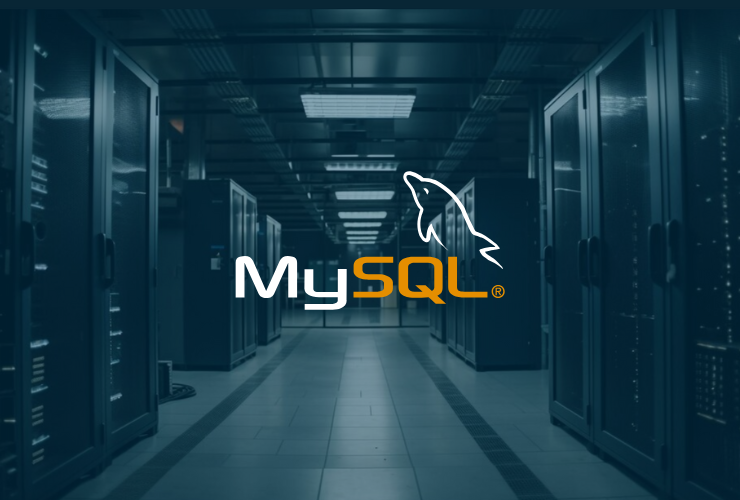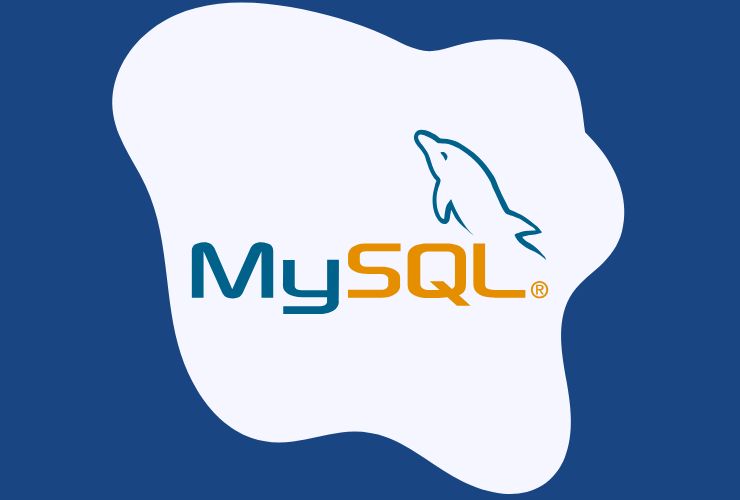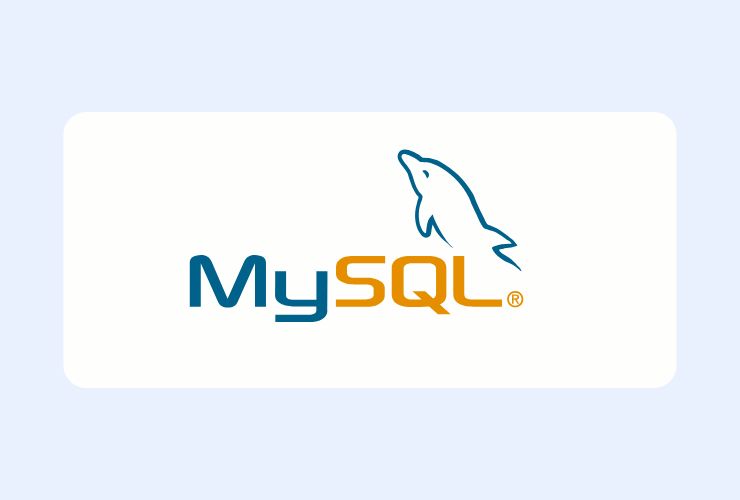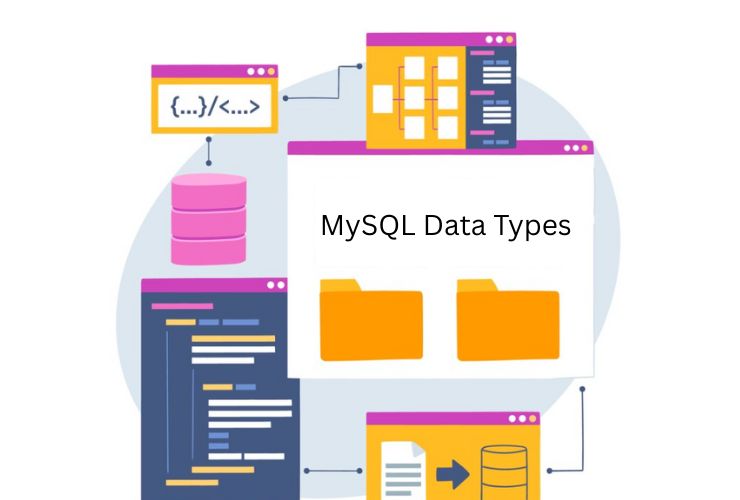Data is the lifeblood of business today, and databases are where that lifeblood resides. For businesses built on MySQL databases, keeping data safe and accessible is a must. Whether you’re running a small e-commerce store or a large enterprise system, a strong MySQL backup and restore strategy is essential. It protects against data loss, reduces downtime, and supports business continuity.
MySQL Backups Are Not Optional
Data loss can occur for many reasons: human error, hardware failure, software bugs, ransomware, or malicious intent. Without a backup strategy, any of these scenarios will disrupt business operations ranging from operational impacts to permanent lost data. Backups are like an insurance policy; you can recover quickly and return to business as usual outside of the impact of lost productivity in the meantime.
Aside from operational risk management, many industries have legal or regulatory requirements to retain and ensure data recoverability if something happens. MySQL backups support compliance with data governance and data privacy rules.
Common MySQL Backup Type
Logical Backups
Logical backup entails dumping the data as SQL statements with the use of tools like mysqldump. These types of backups are good for smaller databases or databases that are only used for development purposes. It is easier to restore a subset of the data (individual tables) of a logical backup or if the data needs to be migrated to another system. Logical backups can be slower, more resource-intensive, and can take longer on large databases when compared to physical backups.
Physical Backups
Physical backups consist of simply copying the actual database files that are contained on the disk. While physical backups typically perform faster especially for larger datasets, you will mostly likely be using a tool like mysqlhotcopy or similar, or a third-party backup solution. With physical backups, you must be certain to have things coordinated perfectly so that the data you have backed up is not corrupt, especially if the server is operating in an ongoing backup situation.
Hot Backup Tools (e.g. Percona XtraBackup)
For production environments that can never afford to be down or wants to perform backups while users are active, there are tools called hot backup tools. They allow you to perform non-blocking, consistent backups on a running MySQL database. While there are many options available, we will focus on Percona XtraBackup, which is commonly used in production environments and has many features, such as support incremental backups support, compression, point-in-time recovery, etc.
Best Practices for MySQL Backup and Restore
An all-encompassing backup strategy entails more than simply making a copy of your data. To provide a comprehensive approach for resiliency and recoverability, consider these best practices:
1. Automate the backup process: Backup needs to happen on a schedule, whether that’s hourly, daily, or real-time, depending on your data volume and recovery point objectives (RPO). Automating reduces the risk of human error, provides consistent backups, and makes sure the process is repeatable.
2. Keep backups in different locations: While a local backup is beneficial for quickly recovering data, don’t forget to keep your backups in a remote in on offsite cloud storage, as well. This way, you would be protected in case of physical damage to your premises, theft, or a ransomware incident.
3. Compress or encrypt valuable data: If your backups must be compressed for storage, compression provides free storage space and faster transfer times. Encryption will ensure your sensitive data is protected from unauthorized access, least-ways when stored and remote.
4. Regularly validate and test your backups: A backup does not have any value if you cannot restore it. At a minimum, you should prepare for disaster recovery regularly. Validate that the backup files are complete, accessible, and restore properly when necessary.
5. Enforce retention policies and version tracking: Keeping historical versions of the backup is necessary to protect yourself against data corruption or malicious data modification, which may not be detected until much later. As well, companies need to develop retention periods for restoring data that is a good balance of availability and minimizing storage costs.
Understanding Restore Strategies
MySQL database restore isn’t just a button click. As part of your strategy, it must be tailored to your data type, frequency of change, and recovery speed.
Full Restore: This is done when catastrophic failures occur requiring entire datasets to be restored from backup.
Partial Restore: Restore selects databases or tables in order to work on an isolated issue.
Point-in-time recovery (PITR): This strategy is a hybrid of a base backup and binary logs that roll the database forward to a specific moment. This is especially helpful in recovering from logical errors (e.g., accidentally deleting or modifying data).
The time it takes to restore a backup (Recovery Time Objective or RTO) and how current the restored data is matters as much as the data recovered. Organizations should plan for both to lessen the impact of any disruption.
Finding a strategy that works for your business
There are no cookie cutter answers when it comes to MySQL backups. The best strategy will depend on:
- The size and complexity of your data
- The importance of your application
- How quickly your data changes
- Legal or compliance implications
- Recovery Time Objective (RTO) and Recovery Point Objective (RPO)
For many organizations, a hybrid approach works best—combining regular full physical backups with more frequent logical or incremental backups, and supplementing with continuous binary log streaming for precise recovery.
How Empirical Edge Can Strengthen Your MySQL Strategy
At Empirical Edge, we recognize that every business has distinct requirements for data management. Our staff provides custom MySQL services that extend beyond simply using a backup tool. Whether you need to implement an automated disaster recovery pipeline, build a high-availability cluster, or optimize your MySQL server, we have you covered every step of the way.
Our services include:
- Backup strategy and automation
- Multi-location backup management
- Alerts and monitoring in real time
- Disaster recover simulation
- Backup size, speed, and security optimization
- Cloud storage integrations for offsite data protection
Working with Empirical Edge means you are not only backing up data but also ensuring it is recoverable, protected, and optimized for the long term health of your digital infrastructure.
Conclusion
Your MySQL database is one of the most important digital assets for your business. Therefore, a comprehensive backup and restore strategy is a technical best practice that also offers strategic business value. Whether it is logical exports, physical copies, or overly complicated hot backups, establishing proactive plans and consistent best practices is the best approach.
The cost of downtime and data loss obviously outweighs the cost of a reliable, automated, tested backup solution. Don’t wait to take care of your MySQL data and your business needs.














